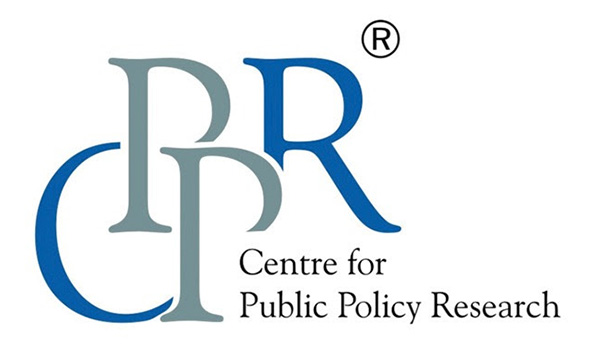Podcasts

Lateral Entry in Civil Services: Navigating the Controversies and Challenges
August 22, 2024
Strategic Para-Diplomacy: Reimagining Kerala’s Engagement with a Changing World
August 23, 2024EP 08 | Policy Beyond Mobility | The First And Last Mile Disconnect In Public Transport In Indian Cities

In busy Indian cities, getting around can be challenging. We deal with problems like traffic congestion, pollution, and the constant struggle to find convenient transport options. The rapid growth of India’s urban population has triggered an increased demand for transport in the cities and surrounding areas, with commuters taking multiple long trips each day. This has also meant an augmented need for public transport. Public transportation systems account for 30 percent of trips in cities with populations between one and two million, 42 percent in areas with populations between two and five million, and 63 percent in cities with populations over five million.
The innovation in the mobility space to close the first and last mile gap such as bike taxis, erickshaw, e-scooters should be encouraged as they offer better first and last mile connectivity. Further, a multimodal integration of all public transit modes in the city would enable service providers to build solutions to close the first and last mile gap.
KEY DISCUSSION POINTS:
- Is India’s declining public transport ridership associated with poor first and last mile connectivity options?
- Projected riderships in metro systems are often not achieved. Does this have a link to the non-availability of feeder services?
- Governance Perspective:
- Who is responsible for ensuring first and last mile connectivity in Indian cities?
- How do you think the permit system and capping on number of autorickshaw permits (in cities like Kochi) would affect the efficient implementation of first and last mile connectivity?
4. Role of Micromobility: What role do micromobility options like bicycles and e-bikes play? Have they been able to cater to first and last mile connectivity? In some cities like Indore, these companies (eg. MyByk) are given VGF initially for operating. What other measures do the authorities have to take to ensure proper first and last mile connectivity?
#PolicyBeyondMobility is available on





